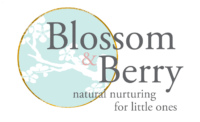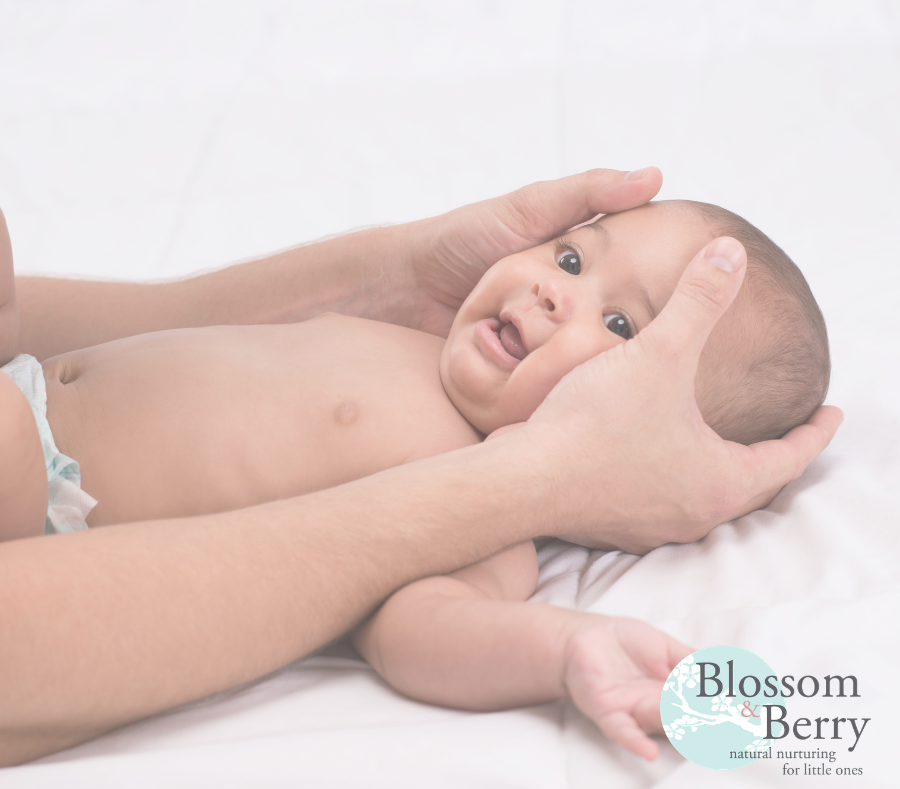Newborns undergo profound physiologic changes at the moment of birth. Within minutes after birth, a newborn has to initiate respirations and adapt a circulatory system to extrauterine oxygenation. Within 24 hours, neurologic, renal, endocrine, and gastrointestinal functions must be operating competently for life to be sustained. A complete miracle!
The Infant Body
Cardiovascular system – The cardiovascular system consists of the heart, blood and blood vessels. The heart pumps oxygenated blood around the body via arteries, and pumps deoxygenated blood carrying carbon dioxide via the veins. There are two types of circulation; pulmonary which transports blood to and from the lungs and systemic, which transports blood to and from the body. Massage after birth helps to boost a baby’s circulation, remove waste products and bring fresh oxygen and nutrients to the tissues. Massage strokes generally work towards the heart in the practice of Swedish massage. In traditional Indian massage, some strokes move away from the heart.
Muscular system – The muscular system is comprised of three types of muscles; Skeletal or voluntary muscles which can be controlled via the nervous system on a voluntary basis (e.g. if you want to bend your arm or kick your leg). Smooth muscle or involuntary muscle which can contract without conscious input via the nervous system (e.g the dilation and constriction of blood vessels) and; Cardiac muscle which is only found in the heart and which is responsible for the contraction of the heart muscle. Contraction of muscles is largely due to messages received via the nervous system although cardiac muscle can contract without input from the central nervous system. The focus of baby massage is on the voluntary muscles or skeletal muscles which enable conscious movement like walking.
Skeletal system – The skeletal system comprises of the bones and joints of the body. It provides the body with structure, shape, support and protection for vital organs. The muscles of the body connect to bones via tendons and bones are held together by stronger threads of fibrous tissue called ligaments. The bones are also the site of red and white blood cell production. They also store calcium which can be released into the bloodstream and which is important for muscular contraction. Massage helps joint mobility, flexibility and strength and increases circulation to the bones supporting growth.
Digestive system – The role of the digestive system is to break down food into simple molecules which can be used by the body. The smaller molecules can be absorbed into the bloodstream from the gut and can be transported around the body to where they are needed for metabolism. Massage is effective at stimulating the colon thus aiding digestion and excretion of waste products. Peristalsis (the movement of food through the bowel) can be increased by massage over the abdomen. Massing the liver also stimulates cell activity and helps increase baby’s metabolism and the expulsion of waste products.
Nervous system – The nervous system consists of the brain and the nerves of the body. The central nervous system includes the brain and spinal cord. The peripheral nervous system is concerned with all the other nerves in the body and consists of two types of nerve; motor and sensory. The voluntary nervous system controls and communicates with motor and sensory nerves and the involuntary nervous system regulates the involuntary organs, glands and muscles. The nervous system is also divided into the parasympathetic and sympathetic nerves system. The parasympathetic nervous system causes the body to relax (e.g. through the widening of blood vessels) and the sympathetic nervous system enables the body to prepare to react and respond quickly. Massage has a soothing effect on the nervous system and supports the responses of the parasympathetic nervous system.
At birth a baby’s nervous system is immature. The connections between the body and the brain have not yet fully developed. The result is that newborn babies exhibit reflex reactions to stimulus. The most common reflexes are;
- MORO- This is a startle reflex. Baby throws out his arms and then back again.
- ROOTING-Baby turns its head to stimulus. Caused by touching the baby’s cheek.
- GRASP-Baby’s toes and fingers curl. Caused by touching the bottom of the foot or the hand.
- SUCK, SWALLOWING, GAG-Baby will respond to stimulus in the mouth by sucking. DIVE-Enables baby to hold their breath if underwater.
- STEPPING, CREEPING, STANDING-Occurs when the baby experiences movement.
- TONIC REFLEX-If baby turns its head to one side he will respond with increased muscle tone and extension of the arm and leg on the opposite side. SNEEZING, BLINKING, GAG- These are all protective reflexes.
Blossom & Berry’s mission is to grow babies with love, touch, responsive care and positive interaction. We create nurturing experiences for parents and babies to deepen connection and confidence. We focus on touch as a way to support infant and maternal mental health as we believe this is the foundation for health and happiness. Blossom & Berry was born out of love! Within all our training we provide you with extensive research and a full understanding of anatomy & physiology so you can feel confident as a Baby Massage Instructor.
If you would like to become a trainer with us and join our community of over 1000 teachers teaching love across the world click HERE
Blog courtesy of Rachel at Rose Wellbeing Therapies

